Time: 2025-06-11 14:56:35 Source: Henan Province Jianyun Cable Co., Ltd.
Electromagnetic interference (EMI), also known as radio-frequency interference (RFI), refers to unwanted signals from sources such as motors, radios, and switching power supplies that disrupt cable performance. These interferences can lead to data errors or system malfunctions.
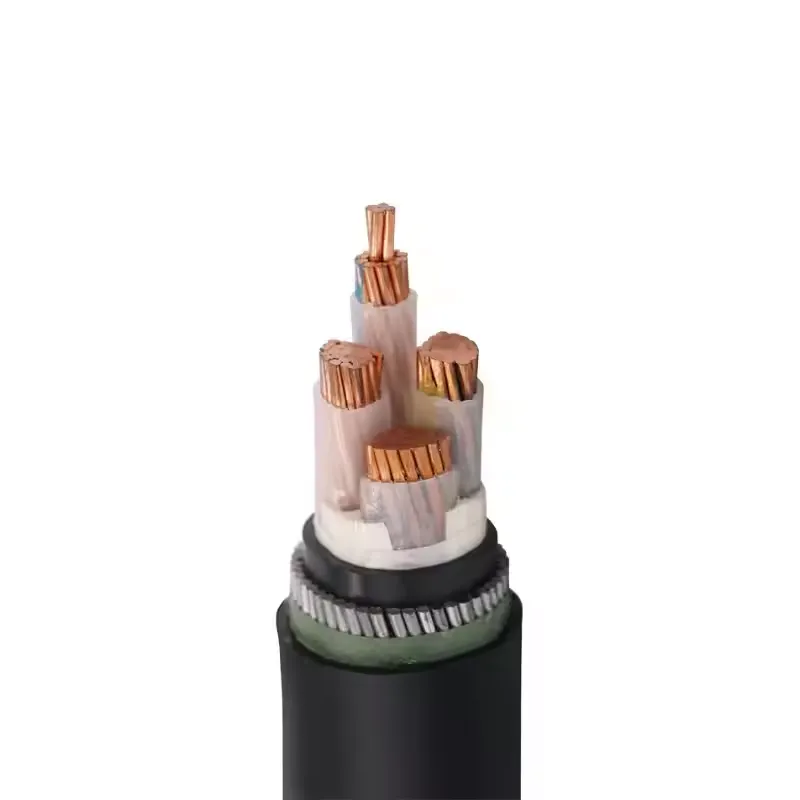
Shielding encloses conductors in conductive layers that function as a Faraday cage, reflecting and absorbing EMI, then directing it to ground. This process minimizes both incoming interference and outward emissions.
| Shield Type | Coverage | Frequency Range | Strengths | Limitations |
|---|---|---|---|---|
| Foil (Al/Mylar) | 100% | High frequency | Lightweight, full coverage | Low flex life, fragile |
| Braid (Copper) | 70–95% | Low–mid frequency | Durable, flexible, mechanically strong | Heavier, gaps allow some EMI |
| Spiral/Serve | 85–95% | Low frequency | Very flexible, easy terminations | Poor high-frequency protection |
| Foil + Braid Combo | ≈100% | All frequency ranges | Best overall protection | Heavier, thicker, higher cost |
Foil shielding is ideal for high frequencies; braid offers mechanical durability; spiral enhances flexibility; and combination layers provide high performance across all frequency ranges.
Effective shielding requires proper grounding. Use 360° contact with the chassis to minimize inductance, avoiding pigtails. For enhanced high-frequency suppression, consider adding ferrite beads at cable ends.
Effective EMI protection requires selecting the appropriate shield type based on frequency range and flexibility needs, ensuring proper grounding, and using multiple layers when necessary. These measures are critical for maintaining signal integrity across various industries.
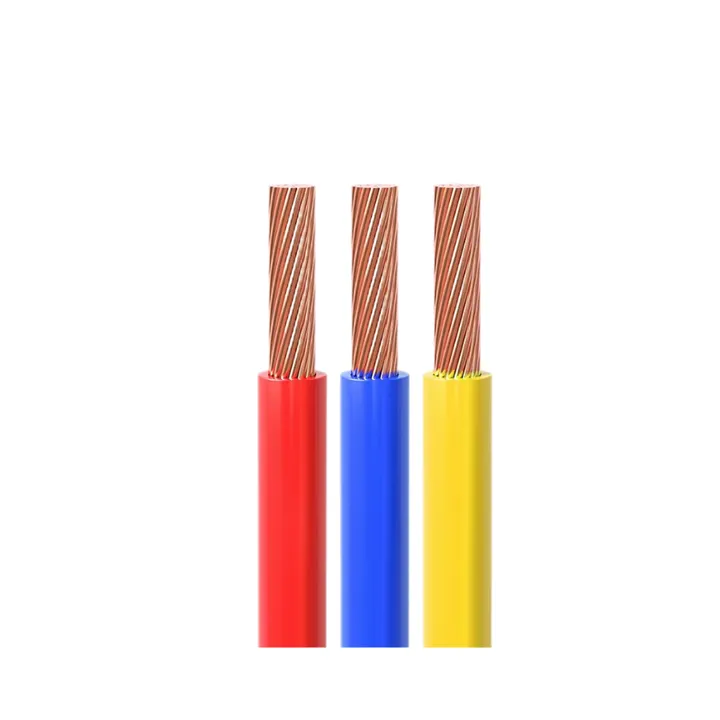
CE Certification 450/750v H07VVF Flexible Copper PVC Insulated Ac Cable 3*2.5 Mm
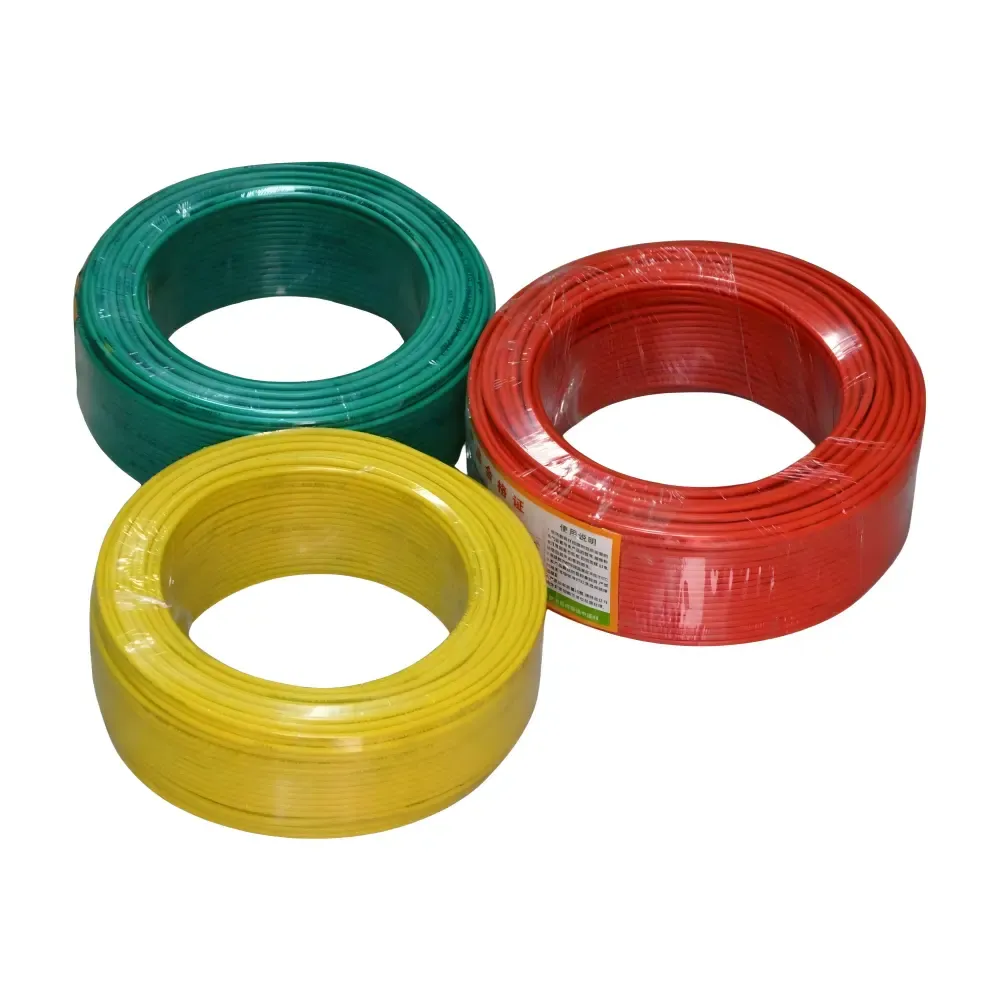
low voltage copper conductor PVC insulation underground BV BVR cable for industr
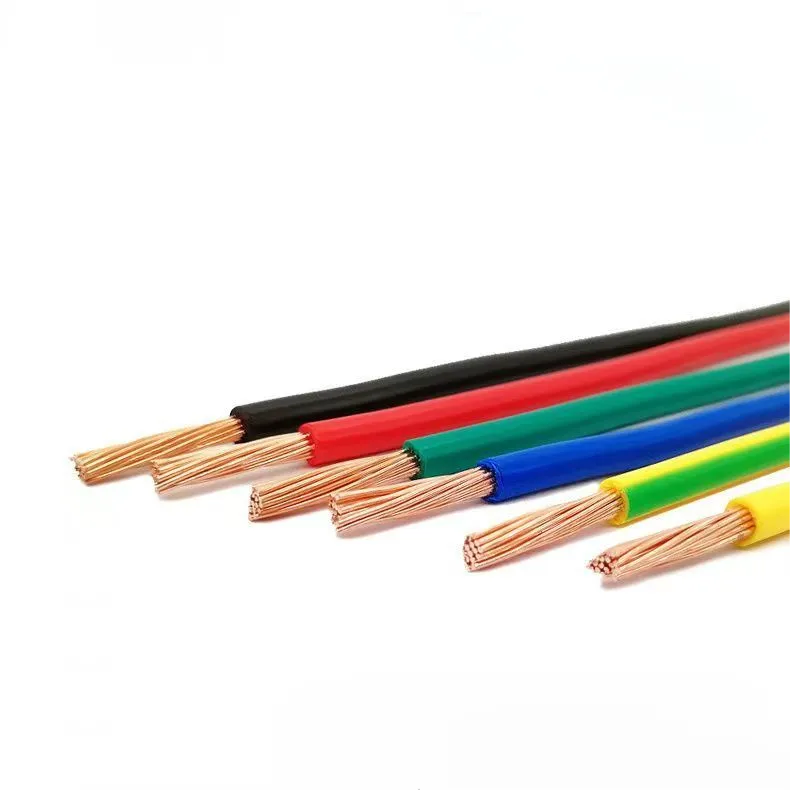
PVC electric wires are one of the most widely used electrical conductors in resi
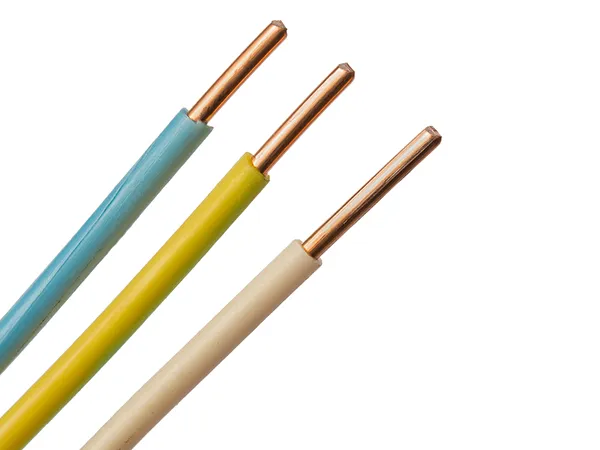
H07V-U wire is a flexible, low voltage electrical wire commonly used in industri